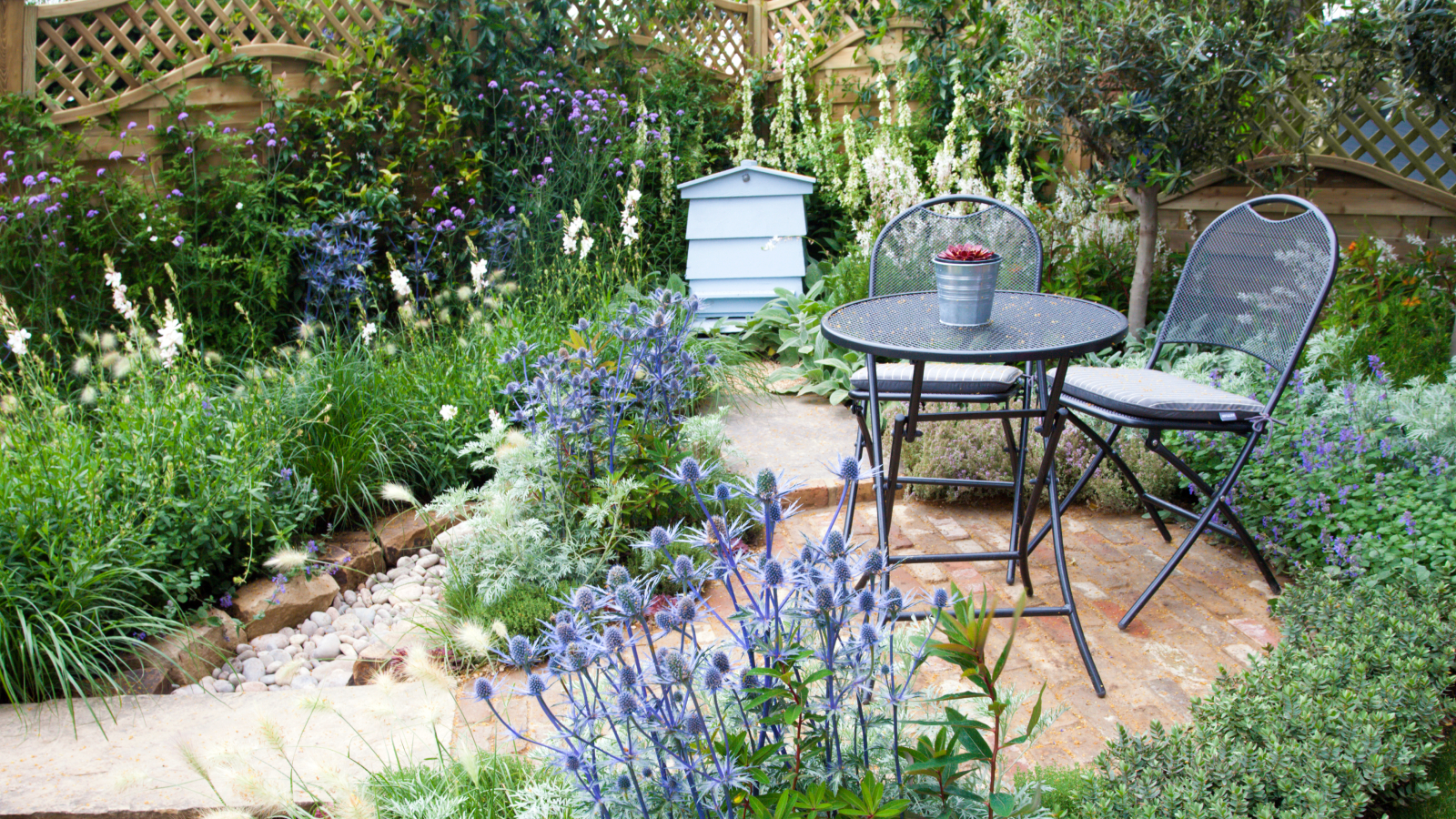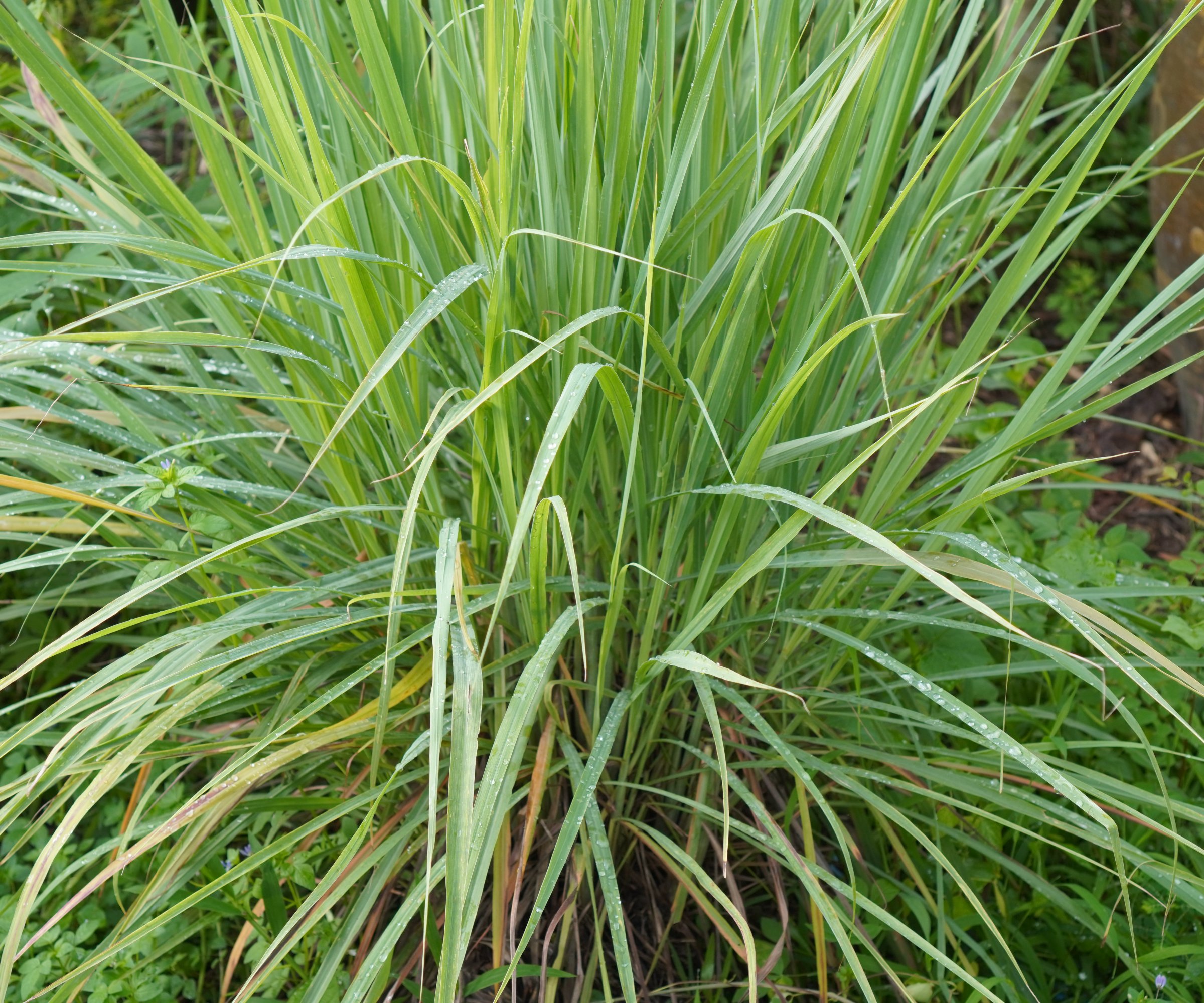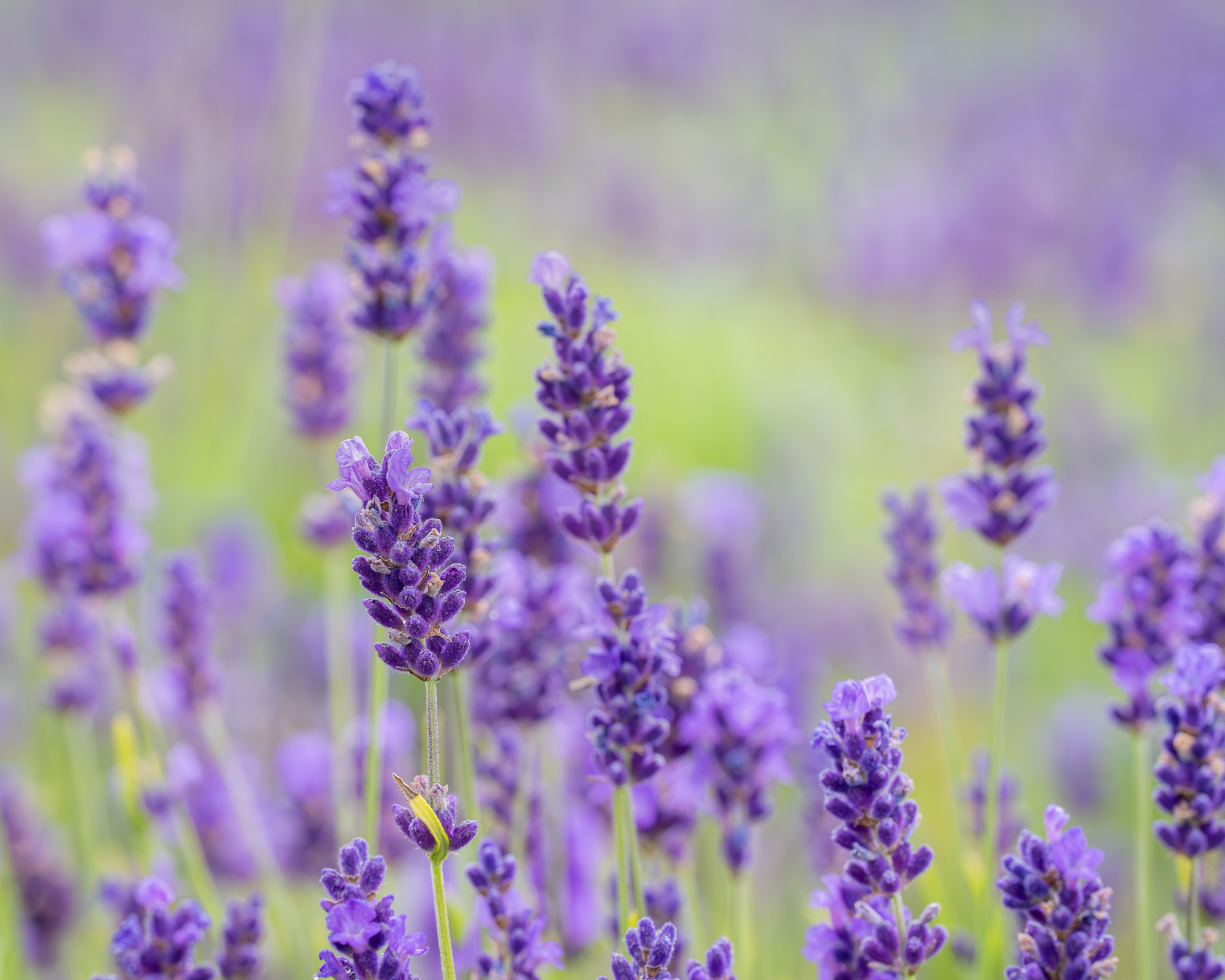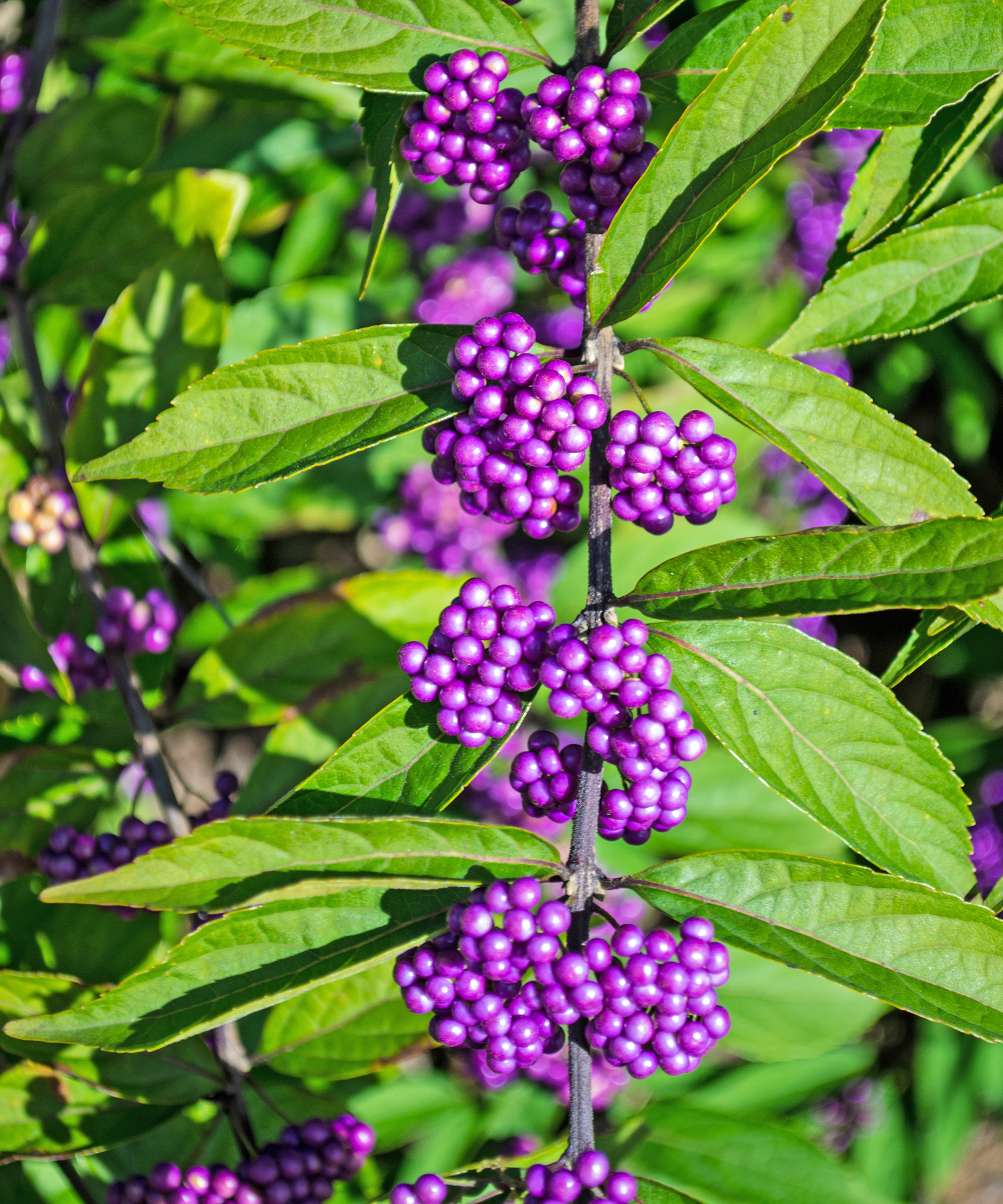6 Plants That Repel Ticks and Are Sure to Add Charm to Your Landscape or Container Garden
Ticks are getting worse as summers get hotter and longer. Take back your yard from the creepy arachnids with these plants that keep ticks away.


It’s a well known fact that ticks are bad news. They attach to humans and animals seeking a blood meal, thereby transmitting ailments such as Lyme disease and Rocky Mountain Spotted Fever. Keep them off your property by making your yard an unwelcome habitat for ticks.
One way to help deter ticks is by including plants in your yard that ticks find offensive, such as those eliciting a strong scent or containing specific compounds.
Research shows that certain plants contain compounds that ticks don’t like. With more research, these plants may become sources for new tick repellents that are derived from natural ingredients. By incorporating some of these plants, you can get rid of ticks in your landscape while also beautifying your yard.
Discouraging Ticks in Your Yard
If your yard borders an area that may contain ticks such as a woodland or tall, grassy area, add a 3 foot (1 m) border of wood chip mulch or pebbles between the two areas. Adding some of the plants listed below also may discourage ticks from crossing over. It is also advised to wear protective clothing like tick-proof overalls from Duluth.
Other ways to keep ticks away include keeping the lawn mowed, trimming shrubbery, and removing clutter and leaf piles that may hide animals that carry ticks. Removing honeysuckle to deter deer and prevent ticks is particularly beneficial.
Plants with Tick-Repelling Qualities
Generations of gardeners have grown plants such as rosemary, lavender, and mint as companion plants with their vegetables to discourage insect and arachnid pests. For humans to get the best protection from biting bugs, crush a few of the leaves from the plants listed below between your fingers to release the volatile oils and rub it on your skin. (Test it on a small area of skin first to make sure there is no irritation.)
Here are six plants often researched for tick-repelling qualities:
Sign up for the Gardening Know How newsletter today and receive a free copy of our e-book "How to Grow Delicious Tomatoes".
1. Chrysanthemum

Using chrysanthemums for pest control is a great organic way to repel ticks. The leaves and flowers are used to create the insecticide pyrethrin. Grow mums (Chrysanthemum x morifolium) year round in your landscape rather than just as an annual in the fall. Some varieties start blooming in July and continue through fall. Grow garden mums in full to part shade in well-draining soil.
Start pinching the tips in spring and continue till July 4th to keep the plants shorter and bushier with more flowers. Many cultivars are available with different shapes and colors that are generally hardy in USDA zones 5-9. Mums can be purchased at the Home Depot or your local garden center.
2. Lemongrass

Besides its use in cooking, personal care products, potpourri, and as a cleaning agent, lemongrass (Cymbopogon citratus) is used as a non-toxic insect repellent. It is a tender perennial (USDA zones 10-11) that is often grown in containers and overwintered indoors. It forms a 3-to-6 foot (1 to 2 m) tall and 3 foot (1 m) wide clump that adds a lemony fragrance to your garden.
Lemongrass needs a warm, humid, sunny environment to thrive and loamy, organically rich, moist soil. In the fall, if your plant is large, just save a 6-inch (15 cm) piece of the bulbous shoot base in a frost free area, and replant in spring after the last frost. You can also purchase lemongrass seeds from the Gardening Know How Shop.
3. Lavender

All types of lavender (Lavandula spp.) have a strong scent that ticks do not like, but people love. Lavender needs a sunny, dry location with extremely well-draining soil. You can mound up the soil or grow it in raised beds to make sure the soil drains freely. Adding gravel mulch keeps the soil warm.
Lavender grows 1 to 3 feet ( 0.3 to 1 m) tall and 2 to 4 feet (0.6 to 1.2 m) wide. Its violet to pink blooms mature on tall spikes. It attracts bees and butterflies and is a good cut or dried flower. Its many uses include potpourri, personal fragrance products, and aromatherapy. It is perennial in USDA zones 5-9. Heirloom Munstead lavender seeds can be purchased in the Gardening Know How Shop.
4. Peppermint

Peppermint (Mentha x piperita) leaves and flowers are frequently used in teas, jellies, ice cream, syrups, fragrance, and potpourri. Its strong scent is said to repel pests, including mice.
It grows from 1 to 3 feet (0.3 to 1 m) tall and up to 2 feet (0.6 m) wide and spreads aggressively by underground rhizomes. Planting it in containers will curtail its spread. It prefers part shade in rich, moist soil in USDA zones 5 to 9. Peppermint seeds can be purchase in the Gardening Know How Shop.
5. Rosemary

Rosemary (Salvia rosmarinus) is a fragrant, evergreen herb with pine-like needles often touted as repelling garden pests. It is used in cooking as well as personal products and potpourri. Rosemary can grow into a 5-foot (1.5 m) shrub so pruning is desirable to keep its growth in check.
It needs full sun and well-draining, acidic soil to be happy. Beyond USDA hardiness zones 8-10 it can be grown in a container and moved indoors for the winter. Keep it away from drying heater vents indoors. You can purchase a 2 gallon rosemary plant from the Home Depot.
6. American Beautyberry

The American beautyberry shrub’s crushed leaves have been used as a personal repellent for biting bugs for generations. Recent research shows two of the plant’s compounds may repel blacklegged ticks, the major carrier of Lyme disease bacteria. Additionally, beautyberry is a great native plant to replace invasive honeysuckle.
American beautyberry (Callicarpa americana) is easy to grow and its fuchsia-colored berries are a delight to songbirds. It can grow 8 feet (2.4 m) tall and 6 feet (1.8 m) wide. Give it full sun to part shade and well draining soil in USDA zones 6 to 10. Find 'Pearl Glam' American beautyberry shrubs at the Home Depot.
Using plants that repel ticks with their fragrance or chemical compounds is a great way to make your yard safer and more enjoyable. You can use many of these plants in the landscape or as part of a container garden to keep ticks at bay.

After graduating from Oklahoma State University with a degree in English, Susan pursued a career in communications. In addition, she wrote garden articles for magazines and authored a newspaper gardening column for many years. She contributed South-Central regional gardening columns for four years to Lowes.com. While living in Oklahoma, she served as a master gardener for 17 years.